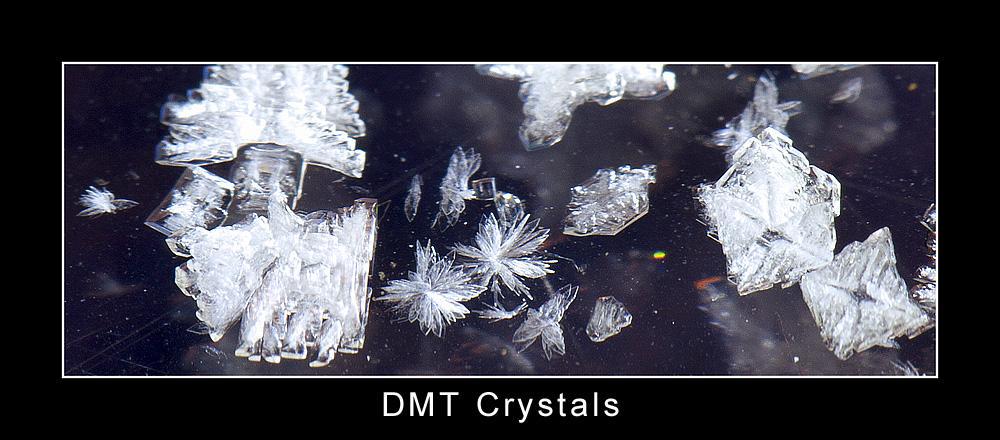ros1816
Bluelighter
- Joined
- Mar 11, 2014
- Messages
- 106
My girlfriend is a PHD Chemistry student and is attempting to perform a DMT extraction on Mimosa Hostilis Root Bark.
We are using this technique http://www.ayahuasca-recipe.com/dmt-from-mimosa-hostilis-rootbark
My girlfriend decided to use hexane instead of naphtha. We also soaked the bark in sodium hydroxide for 24 hours (so longer than the tek). Everythingelse is unchanged.
We are at the stage of separating the organic layer from the aqueous layer.
In her words:
"It seems to be going a lot slower than expected. (I would expect the hexane to rise to the top within a few minutes but it's been 2 hours and is only now starting to form a very small layer).
I wouldn't expect hexane to form a stable emulsion."
Can anyone shed any light on why the process isn't working/is taking so long?
[[If anyone were to suggest an alternative tek unfortunately we can't perform "noman's tek" as we don't have a freezer!]]
We are using this technique http://www.ayahuasca-recipe.com/dmt-from-mimosa-hostilis-rootbark
My girlfriend decided to use hexane instead of naphtha. We also soaked the bark in sodium hydroxide for 24 hours (so longer than the tek). Everythingelse is unchanged.
We are at the stage of separating the organic layer from the aqueous layer.
In her words:
"It seems to be going a lot slower than expected. (I would expect the hexane to rise to the top within a few minutes but it's been 2 hours and is only now starting to form a very small layer).
I wouldn't expect hexane to form a stable emulsion."
Can anyone shed any light on why the process isn't working/is taking so long?
[[If anyone were to suggest an alternative tek unfortunately we can't perform "noman's tek" as we don't have a freezer!]]

